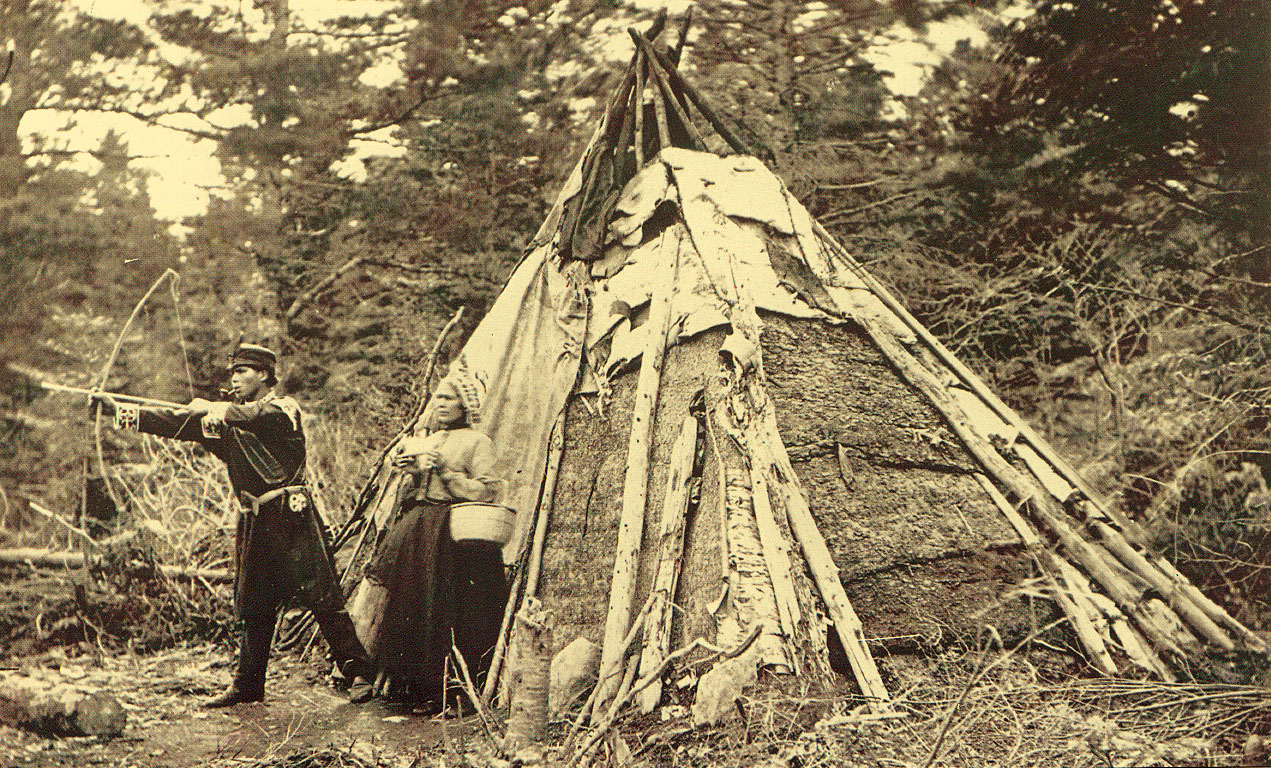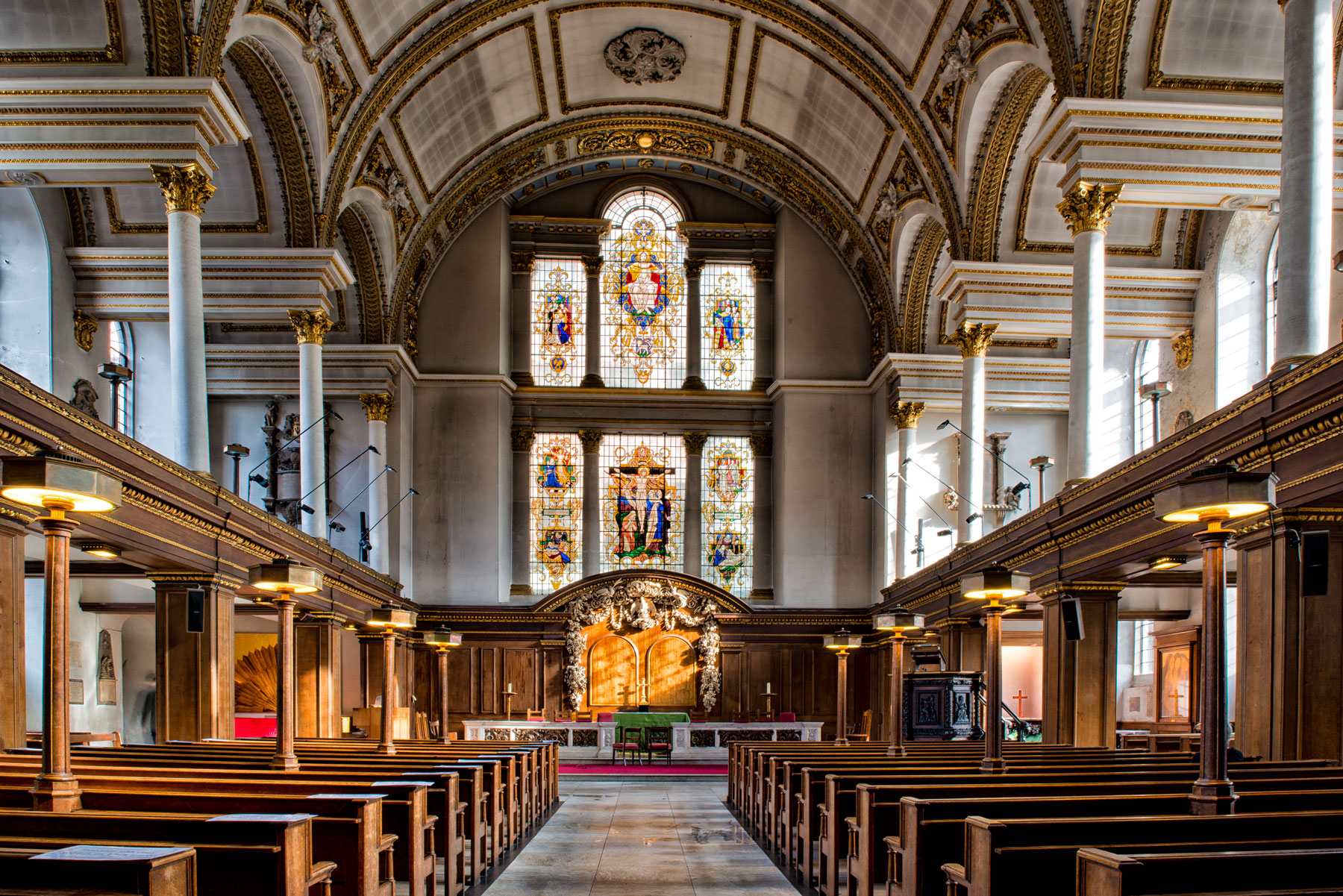|
Auburn, Nova Scotia
Auburn is a community in the Canada, Canadian province of Nova Scotia, located in Kings County, Nova Scotia, Kings County, situated west of Aylesford, Nova Scotia, Aylesford. The second oldest Anglican church in Nova Scotia is situated there, consecrated in 1790 by Bishop Inglis. Modelled on Christopher Wren's London church designs, St. Marys Anglican Church is known as "The Little Wren Church". Complete with a Palladian window over the chancel,Nova Scotia Museum (photo)"St. Marys Church, Auburn, NS, 1931" it most closely resembles St James's Church, Piccadilly. References Communities in Kings County, Nova Scotia {{KingsNS-geo-stub ... [...More Info...] [...Related Items...] OR: [Wikipedia] [Google] [Baidu] |
Nova Scotia
Nova Scotia ( ; ; ) is one of the thirteen provinces and territories of Canada. It is one of the three Maritime provinces and one of the four Atlantic provinces. Nova Scotia is Latin for "New Scotland". Most of the population are native English-speakers, and the province's population is 969,383 according to the 2021 Census. It is the most populous of Canada's Atlantic provinces. It is the country's second-most densely populated province and second-smallest province by area, both after Prince Edward Island. Its area of includes Cape Breton Island and 3,800 other coastal islands. The Nova Scotia peninsula is connected to the rest of North America by the Isthmus of Chignecto, on which the province's land border with New Brunswick is located. The province borders the Bay of Fundy and Gulf of Maine to the west and the Atlantic Ocean to the south and east, and is separated from Prince Edward Island and the island of Newfoundland by the Northumberland and Cabot straits, ... [...More Info...] [...Related Items...] OR: [Wikipedia] [Google] [Baidu] |
Canada
Canada is a country in North America. Its ten provinces and three territories extend from the Atlantic Ocean to the Pacific Ocean and northward into the Arctic Ocean, covering over , making it the world's second-largest country by total area. Its southern and western border with the United States, stretching , is the world's longest binational land border. Canada's capital is Ottawa, and its three largest metropolitan areas are Toronto, Montreal, and Vancouver. Indigenous peoples have continuously inhabited what is now Canada for thousands of years. Beginning in the 16th century, British and French expeditions explored and later settled along the Atlantic coast. As a consequence of various armed conflicts, France ceded nearly all of its colonies in North America in 1763. In 1867, with the union of three British North American colonies through Confederation, Canada was formed as a federal dominion of four provinces. This began an accretion of provinces an ... [...More Info...] [...Related Items...] OR: [Wikipedia] [Google] [Baidu] |
Kings County, Nova Scotia
Kings County is a county in the Canadian province of Nova Scotia. With a population of 62,914 in the 2021 Census, Kings County is the third most populous county in the province. It is located in central Nova Scotia on the shore of the Bay of Fundy, with its northeastern part forming the western shore of the Minas Basin. Kings' economy and identity are tied into its current and historical role as the province's agricultural heartland. A strong agricultural base has been bolstered by the farm-to-table movement and a growing and acclaimed Nova Scotia wine industry, and the success of both has also bolstered the area's tourism industry. The county benefits from the profile, prestige and population gained from hosting both Acadia University in Wolfville and the NSCC Kingstec campus in Kentville. Canadian Forces Base Greenwood (the largest Royal Canadian Air Force base on Canada's East Coast) and the Michelin tire plant in Waterville both provide significant positive economic impact ... [...More Info...] [...Related Items...] OR: [Wikipedia] [Google] [Baidu] |
Aylesford, Nova Scotia
Aylesford, since its formation, has always been a farming community. It is situated in western Kings County in the Annapolis Valley of Nova Scotia, Canada. The settlement was named after the fourth Earl of Aylesford, Heneage Finch, who was Lord Of The Bedchamber to George III from 1772-1777. The community is located between the North and South Mountains, and is roughly a 15 minute to Canadian Forces Base Greenwood, and a 10 minute drive to its closest neighbour, the Town Of Berwick. Aylesford is located on the Evangeline Trail (Trunk 1) scenic tourist route, which was named after the epic 1847 H.W. Longfellow poem entitled '' Evangeline, A Tale of Acadie''. History Aylesford is one of the oldest surviving settlements in Kings County, originally settled by Ulster Scots (Scots-Irish) during the early 1770s. Between 1772 and 1781, the population of Nova Scotia actually fell - from 19,000 to 12,000 - but by 1784, after the continued arrival of United Empire Loyalists during the ... [...More Info...] [...Related Items...] OR: [Wikipedia] [Google] [Baidu] |
Bishop Inglis
John Inglis (9 December 1777 – 27 October 1850) was the third bishop of Diocese of Nova Scotia and Prince Edward Island, the Diocese of Nova Scotia, serving at St. Paul's Church (Halifax). He was the son of Bishop Charles Inglis (bishop), Charles Inglis. He is buried at St Mary's Church, Battersea, England. Life John Inglis was ordained a deacon December 13, 1801 by Bishop Charles Inglis (bishop), Charles Inglis, his father. On 27 June 1802 he was ordained a priest. John was appointed as official secretary and as ecclesiastical commissary to his father. This involved a number of trips to England on behalf of the diocese. These trips also enhanced his own career and brought focus on his talents. However, his relative inexperience and the overtones of nepotism did not allow his promotion in 1812 when the bishop was seriously incapacitated. Inglis became the third bishop in 1825. He was consecrated 26/27 March 1825. In the 25 years preceding this elevation, he had proven to be a t ... [...More Info...] [...Related Items...] OR: [Wikipedia] [Google] [Baidu] |
St James's Church, Piccadilly
St James's Church, Piccadilly, also known as St James's Church, Westminster, and St James-in-the-Fields, is an Anglican church on Piccadilly in the centre of London, United Kingdom. The church was designed and built by Sir Christopher Wren. The church is built of red brick with Portland stone dressings. Its interior has galleries on three sides supported by square pillars and the nave has a barrel vault supported by Corinthian columns. The carved marble font and limewood reredos are both notable examples of the work of Grinling Gibbons. In 1902, an outside pulpit was erected on the north wall of the church. It was designed by Temple Moore and carved by Laurence Arthur Turner. It was damaged in 1940, but restored at the same time as the rest of the fabric. History In 1662, Henry Jermyn, 1st Earl of St Albans, was granted land for residential development on what was then the outskirts of London. He set aside land for the building of a parish church and churchyard on the so ... [...More Info...] [...Related Items...] OR: [Wikipedia] [Google] [Baidu] |



